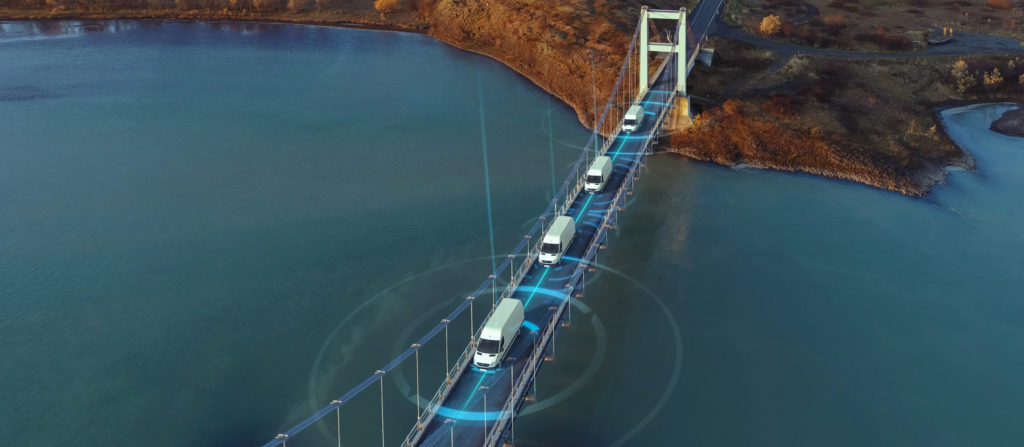“The pandemic that we have endured for more than a year laid bare the disparities in access to high-speed internet,” said Senator Susan Collins of Maine this month in regards to a $65 billion broadband package.
This funding comes as part of an almost $1 trillion infrastructure package recently developed by Senators now working to gain support from American citizens ahead of a vote that would bring a major boost to the priorities outlined in the plan.
“We have to do right by our Native people,” said Alaska Senator Lisa Murkowski, who explained that the legislation would help Native Alaskans in rural regions of the state gain more access to running water. The bill itself would allocate around $55 billion for wastewater and water systems in those areas.
“It is critically important we keep our aging bridges and roads and airports up to snuff,” said Senator Jon Tester regarding Montana’s piece of the pie, as $110 of the package’s funds would be dedicated to Montana road and bridge projects working to improve access to farms across the state.
“My state has lost as much land as in the entire state of Delaware,” added Louisiana Senator Bill Cassidy. “But other states are losing land, too.” For Louisiana projects aiming to reduce coastal erosion, the bill would offer around $16 billion for the U.S. Army Corps of Engineers to be able to see such efforts through.
The G-10 group of lawmakers that consists of five Democratic and five Republican senators has been working to address the concerns of citizens across the country in regards to improved internet service, road construction, and airports. Additionally, the group has been pushing for bipartisan efforts on Capitol Hill, although many interest groups within both parties have been targeting aspects of the package with which they don’t agree.
Still, though, package supporters have been confident the legislation will be approved by the Senate, although it doesn’t check all of everyone’s boxes.
“It is clear that the deal does not meet the moment on climate or justice,” said League of Conservation Voters’ senior vice president, Tiernan Sittenfeld.
In addition to concerns around climate change, other political leaders have argued that the package will move too far away from utilizing user fees like gas taxes or tolls to be easily able to fund highway projects. Additionally, some say the legislation will require further federal spending even after the $5 trillion government package allocated for coronavirus relief efforts.
This month, the Treasury Department made clear that Congress had been getting very close to the country’s overall debt limit.
“Every single time we add an enormous sum to our national debt, there is bipartisanship behind it,” said Utah Senator Mike Lee.
60 votes are needed for the smaller infrastructure bill to be amended and passed by the Senate, and Senate Majority Leader Chuck Schumer is determined to quickly pass the bill so that the Senate will be able to focus on the budget plan for the fall’s $3.5 trillion package. This Democratic bill will focus on spending in regards to environmental efforts, healthcare, and social programs.
Politicians working to allow further debate over the package have received support from Senate Minority leader Mitch McConnell. Still, though, McConnell has not made clear which way he will vote, but has referred to the legislation as having the potential to become a “bipartisan success story for the country,” although he is wary about Democrats working to expedite its amendment.
“Like a lot of us, I’m interested in what it looks like in the end,” he said, adding that “the past two administrations tried to do it, [and] were unable to. The American people need it. I think it’s one of those areas where there seems to be broad, bipartisan agreement.”
Senators did in fact approve three of the non-controversial amendments–and rejected three others–as they continued to work to determine in what manner the package should be changed and how much effort should be dedicated to doing so with the 60-vote threshold at hand.
The bipartisan package is likely to allocate not only $110 billion in new road and bridge project spending as well as $55 billion for wastewater and water infrastructure, but also $66 billion for rail improvements and $38 billion for public transit projects.
Further spending will be dedicated to projects regarding the improvement and upgrading of broadband internet, electric vehicle charging infrastructure, ports, and airports.





